-
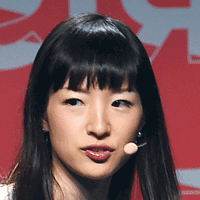
In her 2011 book The Life-Changing Magic of Tidying Up, Marie Kondo wrote of a client who shipped her keepsakes—“a diary, photographs of old boyfriends, a mountain of letters and New Year’s cards”—to her mother’s house in order to declutter her own. Realizing that she still felt burdened by the possessions, the client later visited her mother and threw the keepsakes away, declaring, “Now I can enjoy the rest of my life free from care!”
-
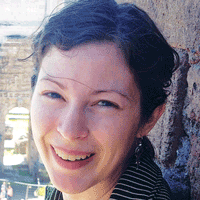
“The ladies and men of Bloomsbury, who never lived a day without others arranging those little but crucial things of their lives, missed something, perhaps the very thing they sought—something of life, something of freedom,” the philosopher Mary Townsend wrote in 2016. “To leave the ordering of our house to others, I think, is not merely to leave behind an interesting opportunity for reflection, but to abdicate the very ground of thought.”
-

In poet Eavan Boland’s ode to the “neither-here-nor-there hour” of twilight, she contemplates “women of work, of leisure, of the night / in stove-colored silks, in lace, in nothing / with crewel needles, with books, with wide-open legs,” all of whom flee “into a landscape without emphasis…a hemisphere of tiered, aired cotton / a hot terrain of linen.”
-
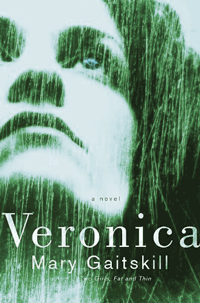
In Mary Gaitskill’s novel Veronica, the model turned housekeeper Alison scrubs her friends’ offices and homes despite searing shoulder pain and an opiate dependence. As she works, she imagines watching a “tiny piece of movie” about a killer in an amusement park “on my eyeball.” As she heaves buckets of water and scrubs toilets, “the roller coaster roars and everybody screams” and a car “flies off into the sky and smashes on the ground.”
-
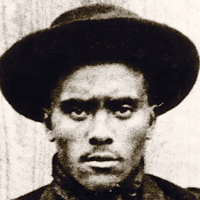
Writer Wendell Berry admired Nate Shaw, an Alabama sharecropper and labor activist, because “his ideal was independence.” Shaw “raised a garden, kept a milk cow or two, fed his own meat hogs and thus reduced his family’s dependence…He had a fierce loyalty to his own country and to the investment of his own labor in it.”
-
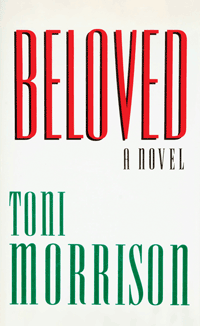
In Toni Morrison’s novel Beloved, the enslaved teenage protagonist, Sethe, uses pilfered pillowcases and mosquito netting to patch together “the worst-looking gown you ever saw” for her imminent wedding. Later, after she escapes her abusive new master and delivers a baby, Sethe is cared for by her mother-in-law, who sits by her side “tearing sheets, stitching the gray cotton” to prepare a new dress for Sethe to wear as a free woman.